Star Wars, Morality & Dark CGI
Drop jewels like Yoda my young students love me – LL Cool J
BEWARE MILD SPOILERS AHEAD
Star Wars is a cultural phenomenon, an epic space opera that has spawned eight films; along with spinoff video games, TV shows, books, novels and all sorts of other shit. The most recent entry to the franchise was Rogue One: A Star Wars Story, released in December 2016.
Today I am going to talk to you about morality and Dark CGI, a term I have coined to describe reviving dead actors for new film roles. Different from cases where actors died during a film’s production and digital trickery was used to complete their scenes. Rogue One used Dark CGI to bring Peter Cushing back from the dead to reprise his role as Grand Moff Tarkin, which was unnecessary and added little to the story.
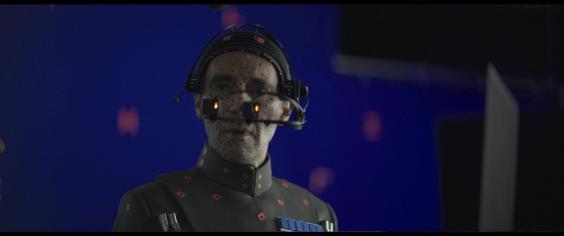
The ethics of bringing dead people’s likenesses back to lip sync old roles raises many moral questions. Welcome to Culture Hash’s take on life, death and morality! From the same people who brought you a creepy love letter to Adele.

Let’s briefly chart the history of Star Wars. George Lucas wrote the screenplay and directed Star Wars [1977]. The film’s success led to two sequels, The Empire Strikes Back [1980] and Return of the Jedi [1983] to neatly round off a cohesive trilogy.
In 1999, the Prequel Trilogy began with the maligned the Phantom Menace; which fatally exposed Lucas’ weaknesses with a bloated story and weak dialogue. Attack of the Clones followed in 2002 and finally Revenge of the Sith [2005] wrapped things up.
Lucas can’t write dialogue for shiiit
In 2012 The Walt Disney Company acquired Star Wars and its parent company Lucasfilm for $4.06 billion, a bargain. George Lucas was unceremoniously booted off the franchise. Things are thriving without him, as the first Disney Star Wars film, The Force Awakens grossed $2 billion worldwide.
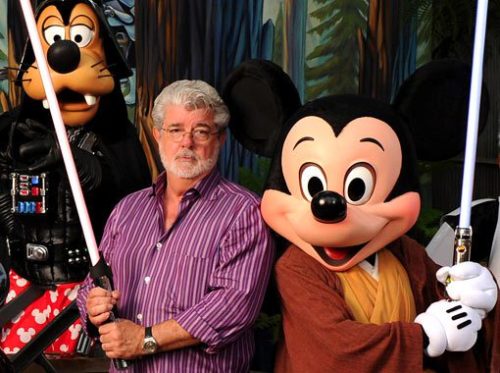
Much like their work with the Marvel films, Disney planned to turn Star Wars into a sprawling cinematic universe, with six new films in six years. The first two of these, The Force Awakens [2015] and Rogue One [2016], have been well received.
Disney are running two separate Star Wars trilogies simultaneously. The Sequel Trilogy that explores post Return of the Jedi events; meanwhile the Anthology Trilogy series features stand-alone films that act as origin stories. As part of Anthology series, Rogue One is set between Episode III and IV, while 2017’s film, Episode VIII will continues the Force Awaken plot. By running these two series parallel Disney is able to release a new Star Wars film every year and continue printing money.

The purpose of Rogue One is to resolve one small plothole from A New Hope – why did the all-powerful Death Star have such a catastrophic weakness?
Viewers might be shocked to see Peter Cushing’s reanimated cadaver walking around reciting new dialogue. His character was heavily involved in the Death Star and according to a Lucasfilm executive:
“If he’s not in the movie, we’re going to have to explain why he’s not in the movie. This is kind of his thing.”
The CGI used on Cushing was so good, I was convinced that Peter Cushing was still alive and reports of his death had been greatly exaggerated. The effects were achieved through an expensive and time consuming process. It’s important to note that permission was [probably] granted by Cushing’s estate for this.
Due to his close resemblance to Cushing, Guy Henry of Holby City fame was a stand-in actor for Tarkin. He wore motion-capture materials on his head, to allow his face to be replaced with a digital re-creation Cushing’s face.
Director Gareth Edwards pointed out,
“It was a massive thing for him, it was very gracious of him, because essentially he’s doing this big performance and getting zero credit for it,”

It’s not an easy process; the two actors must share a facial similarity. For this reason, after Paul Walker’s untimely death during the production of Furious 7, his brother’s acted as the stand-in actors for the CGI transformation. Which added an extra $50 million to the film’s production costs.
Henry also performed the voice for Tarkin which meant that the subtleties of Peter Cushing’s lip movements and facial expressions had to be digitally replicated.
John Knoll, Oscar-winning visual effects wizard who oversaw all of Rogue One’s special effects said:
“When Peter Cushing makes an ‘aah’ sound, he doesn’t move his upper lip. He only opens his jaw about halfway, and makes this square shape with his lower lip, that exposes his lower teeth.”
Showing how laborious the process must have been.
The recently deceased Carrie Fisher also makes a CGI-aided appearance in Rogue One; which nicely ties it to A New Hope. The effects make Fisher look the same as when she first played Princess Leia in 1977. The same technique was used involving a stand-in actress.
Unfortunately, shortly after Rogue One’s release in cinemas, Carrie Fisher died aged 60. While Fisher will be immortalised as Princess Leia, her contributions deserve greater recognition. She was known as, one of Hollywood’s most respected script doctors; plus a novelist and outspoken advocate for gender equality and mental health.
Fisher’s death has led to the question of what will happen to Leia in upcoming films. Disney have already used Dark CGI on her while still living. What will stop them from using it in future Star Wars films?
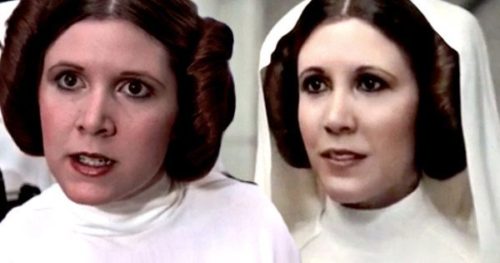
Disney is due to receive a $67 million insurance payout from Fisher’s death as she is unable to fulfil her three film contract. Meanwhile, the company has repeated declined to confirm the status of her character in future Star Wars films. If Fisher does appear in more films, Disney will get insurance money and box office profit. Is it legal to get insurance money from Fisher’s death because she isn’t alive to finish the films and then use CGI to posthumously put her in said films?

The scenes for General Leia Organa in Episode VIII have reportedly been completed; the character is expected to take a larger role than Episode VII. Questions remain about Episode IX, which is expected begin filming in early 2018.
According to Hollywood Reporter:
“At least two key scenes are planned for [Leia in] Episode VIII (Dec. 15) and Episode IX (2019): a Leia reunion with Luke Skywalker (Mark Hamill) and a confrontation with Kylo Ren (Adam Driver), her son who killed Harrison Ford’s Han Solo in 2015’s The Force Awakens.”
These scenes would be pivotal for the Sequel Trilogy, which leads me to suspect that the Disney wizards will conjure the Dark CGI arts to revive Fisher. There are two other options:

Kill Leia Off-Screen
For a character so central to the franchise, Disney (a company that loves emotional deaths scenes) would be unlikely to bump off a character without a final scene. It’ll likely be handled better than Kirk’s death in Star Trek Generations where they dropped a fucking bridge on him. One of the most undignified deaths of a beloved character ever.
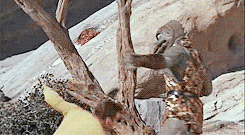
Give Leia’s Dialogue to Another Character
When Philip Seymour Hoffman died during production of The Hunger Games: Mockingjay – Part 2, the majority of his scenes had been filmed. The remaining scenes were re-filmed with his character’s dialogue going to other characters.
Disney will likely avoid this route; Leia has been a central character to the Star Wars universe for 40 years. The crucial Episode IX scenes won’t work if any other character delivers them instead of Leia. Han Solo died from Episode VII; who else can have an emotive confrontation with, Kylo Ren?
Altering the story to avoid these emotional scenes could weaken the narrative and cost Disney millions.
Use Dark CGI to Bring Leia Back for Episode IX
Disney saw $55 billion in revenue for 2015 – the massive cost of Dark CGI won’t be an issue for the company. Plus, they have used CGI for Carrie Fisher already. Before the film’s release in 2019 the technology will probably be a lot more advanced too. There is seemingly nothing to stop zombie Carrie Fisher taking to the big screen.
Ethically, the question remains whether it is acceptable to revive dead people to star in new films. Despite some negative reaction, Disney largely got away with using Dark CGI in Rogue One. Probably because Peter Cushing has been dead for 23 years. Carrie Fisher’s death is more recent in people’s memories, causing a future CGI appearance to be a lot more jarring.
If you’ll allow me to get personal with you for a moment, I believe that using Dark CGI is immoral. Episode IX is virtually guaranteed to make billions for Disney; it would be greedy for them to bring back a dead actress, so they to gain a few more dollars and round out the plot.
A Leia-less Episode IX wouldn’t stop people from watching the film, but digitally inserting Carrie Fisher into the film might have that effect. The writing for these new films has been good so far; they can probably create an interesting film without their female lead.

I believe that only the actor themselves should be able to consent to the CGI treatment. As we have seen from inheritance disputes like James Brown’s, the family can have different intentions from the deceased. How can they be trusted to act in their best interests?
This kind of CGI wasn’t even conceivable when Cushing died in 1994. What would he have thought about having his face plastered over some other actor’s cheery mug for a fan-service role in a new Star Wars film?
Alec Guinness the original Obi-Wan Kenobi, famously didn’t enjoy the attention he received from Star Wars; he died in 2000. He almost certainly wouldn’t consent to the CGI treatment for a new film. But if his family consents then Guinness could revived for a new film role.
Hence why several Hollywood actors are using their legal teams to control their likeness after death. Robin Williams worked with lawyers to restrict the use of his image for 25 years after his death. Who knows what will be possible in 2039?

It is an interesting moral question. Some people I have spoken to have no problems with Dark CGI as long as there is consent. Some feel that the family can decide about the use of their loved one’s image. It is one of those subjects everyone seemingly has an opinion on.
What do you think? Should we let dead people rest or do you want to digitally raid their tombs and have them parade around on the big screen for your amusement? Let us know in the comments below.
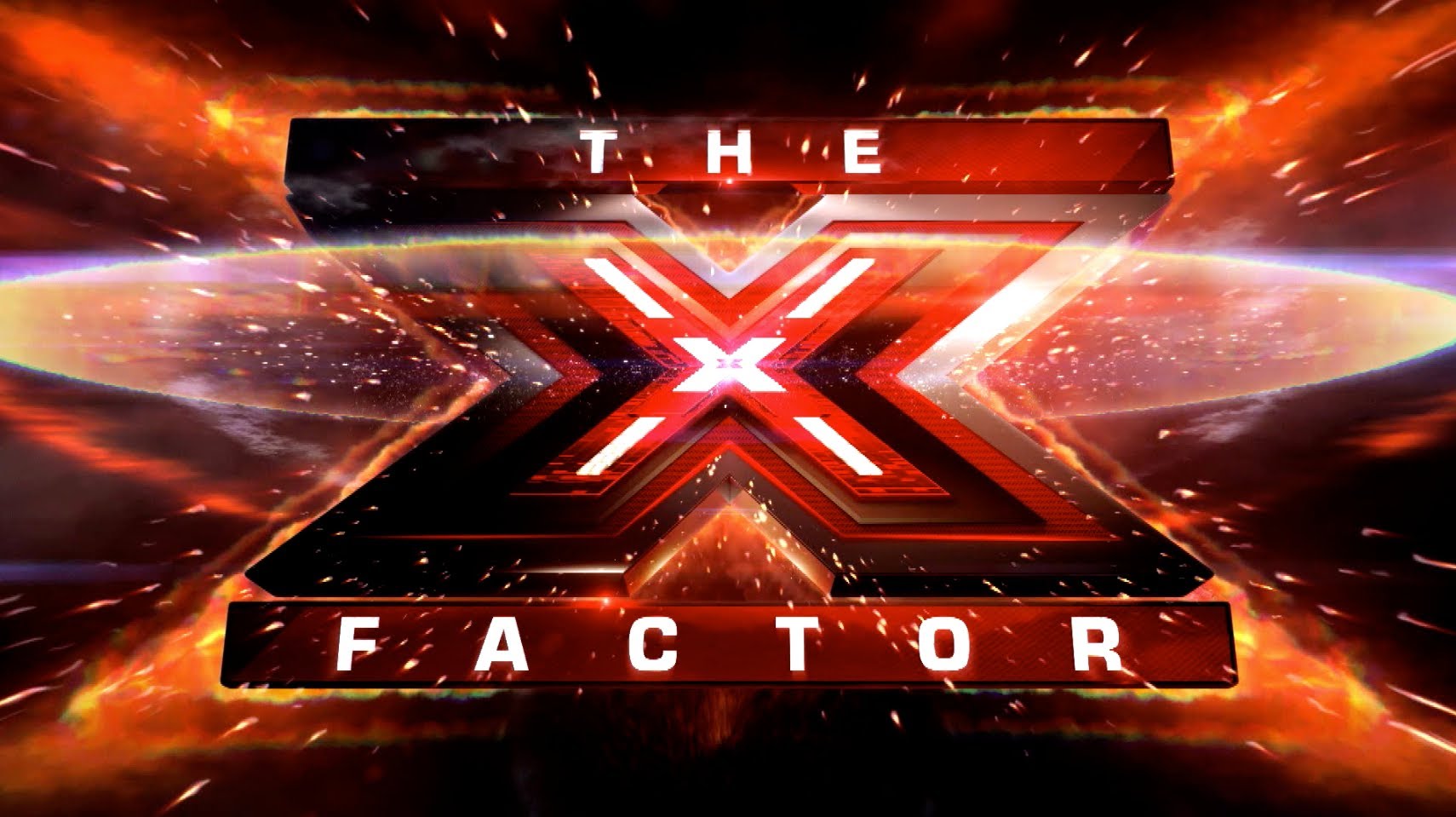


Wow, wonderful blog layout! How long have you been blogging for? you make blogging look easy. The overall look of your site is fantastic, let alone the content!
really glad you enjoyed it! thanks a lot 🙂
We have a mailing list if you are interested in getting notified when the new posts come out – http://eepurl.com/ckjh8v
Hmm it appears like your website ate my first comment (it was super long) so I guess I’ll just sum it up what I wrote and say, I’m thoroughly enjoying your blog. I too am an aspiring blog blogger but I’m still new to the whole thing. Do you have any recommendations for newbie blog writers? I’d genuinely appreciate it.|
thanks a lot, really appreciated. Apologies about the first comment, the spam filter on the comments section has become quite aggressive lately. If you’d like to chat about blogging feel free to drop us a line at culturehash@gmail.com We’d love to hear from you
thanks a lot! 🙂
thanks a lot! I’m glasd you enjoyed reading, we have a mailing list if you are interested in getting notified when the new posts come out – http://eepurl.com/ckjh8v
thanks a lot!
check out our mailing list if you’d like to get notified of new posts 🙂 – http://eepurl.com/ckjh8v
A thoroughly thought-provoking and brilliant read. Well done!